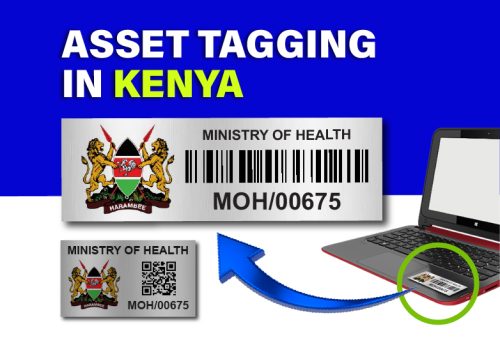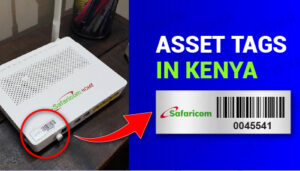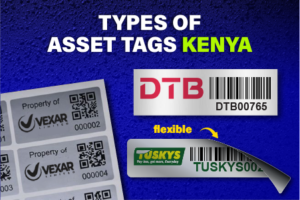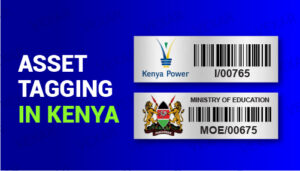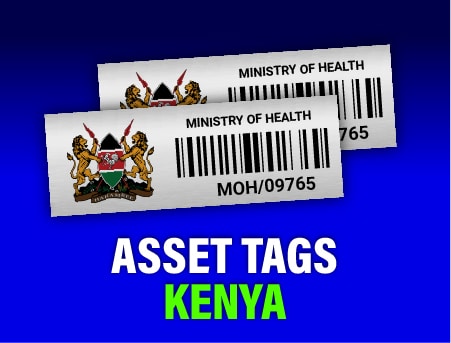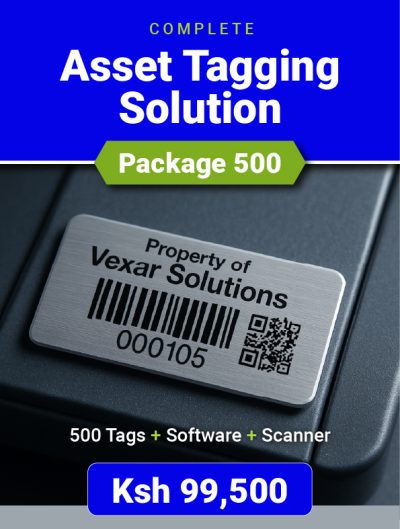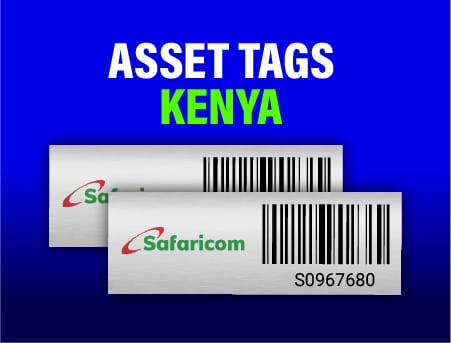Aluminium Asset Tags vs. Other Materials: Which Is Best for Your Needs?
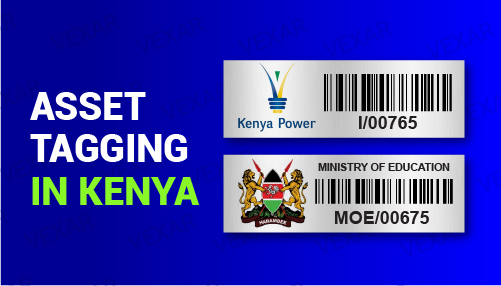
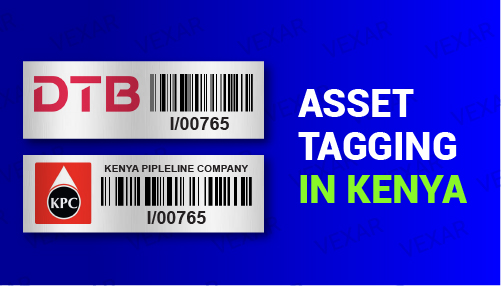
Aluminium Asset Tags vs. Other Materials: Which Is Best for Your Needs?
Introduction
When it comes to asset tracking and identification, choosing the right material for your tags is crucial. Among the various options available, aluminium asset tags stand out as a popular choice due to their exceptional durability, versatility, and long-lasting performance. In this blog article, we will explore the advantages of aluminium asset tags over other materials, helping you make an informed decision for your specific needs.
1. Durability and Longevity.
Aluminium asset tags are renowned for their exceptional durability. Unlike tags made from materials like paper or plastic, aluminium tags are resistant to harsh environmental conditions, such as extreme temperatures, moisture, and chemicals. This ensures that your asset tags remain legible and intact even in challenging environments, minimizing the need for frequent replacements and saving you time and money in the long run.
2. Versatility and Customization.
Aluminium asset tags provide immense versatility in terms of design and customization options. They can be easily engraved or printed with various information, including barcodes, QR codes, serial numbers, company logos, and more. Furthermore, they can be cut into different shapes and sizes to suit your specific requirements. This versatility allows you to have asset tags that are not only functional but also align with your brand identity.
3. Readability and Legibility.
One of the key benefits of aluminium asset tags is their excellent readability. The contrast between the engraving or printing and the metallic surface offers high legibility even from a distance or in low-light conditions. This ensures quick and accurate scanning or visual identification, streamlining your asset management processes and reducing the chances of errors or misreads.
4. Resistance to Tampering and Theft.
Aluminium asset tags are difficult to remove or tamper with, making them an ideal choice for asset protection. Unlike adhesive labels that can be easily peeled off, aluminium tags can be securely attached using rivets, screws, or industrial-strength adhesives. Additionally, the robust nature of aluminium makes it challenging to alter or counterfeit the information on the tags, thus deterring theft and unauthorized asset transfers.
5. Cost-Effectiveness.
While the upfront cost of aluminium asset tags may be slightly higher compared to other materials, their long-term cost-effectiveness sets them apart. With their impressive durability and resistance to wear and tear, aluminium tags outperform many alternatives by requiring fewer replacements over time. By investing in high-quality aluminium asset tags initially, businesses can save on recurring expenses and ensure a reliable asset tracking system for years to come.
Conclusion.
When it comes to asset tags, the choice of material is a critical decision that can significantly impact your asset management processes. Aluminium asset tags offer unmatched durability, versatility, readability, resistance to tampering, and long-term cost-effectiveness. When considering the best material for your needs, it’s clear that aluminium asset tags provide the optimal solution to streamline your asset tracking and identification requirements.
Choosing the right material for your asset tags is vital to ensure effective asset tracking and identification. In the comparison between aluminium asset tags and other materials, aluminium emerges as a clear winner, offering unmatched durability, versatility, readability, tamper resistance, and long-term cost-effectiveness. We hope this information helps you make an informed decision and find the best asset tags for your specific needs.


